Color 3D Printing Service by Xometry
Get instant online quotes on colorful 3D printed parts, including realistic full-color prints. Free shipping on all US orders. ISO 9001:2015, ISO 13485, IATF 16949:2016, and AS9100D certified.
Xometry offers high-quality color 3D printing services with PolyJet™, fused deposition modeling (FDM), binder jetting, material jetting, and other additive manufacturing techniques in over 600,000 colors and with several gradients and matte, semi-gloss, or full gloss finishes.
There are two main ways to print a part in color: either print material with pigments to achieve the full color spectrum (AKA direct color printing), or perform color mixing operations to achieve a range of color options (AKA multicolor or color mixing printing). In either case, a 3D CAD file is generated in the shape and style of a part, including relevant information like material and color. This file is sliced and uploaded into a 3D printer, where the part will be manufactured in a layer by layer process where various colors will be printed within each layer. The end result is a vibrantly colored part that adheres to both its design and aesthetic specifications.
Applications for full color 3D printing include figures, models, and toys, movie/tv props, full color rapid prototyping, educational and scientific models/statues, architectural components, artistic projects, and much more.
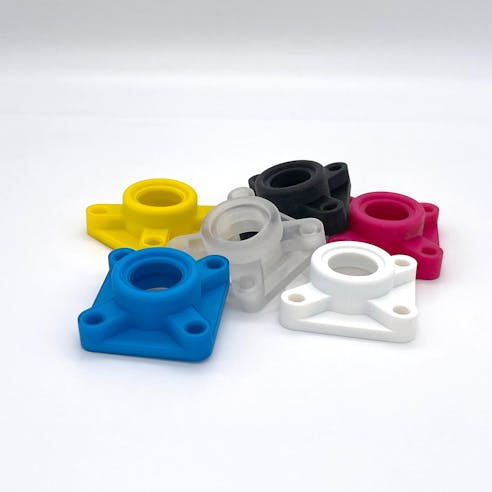
Advantages of Custom Color 3D Printing with Xometry
Working with Xometry’s custom color 3D printing is easy and provides fully colored parts with key advantages over other additive manufacturing methods.
- Complex Geometries
- Vibrant Colors
- Printing with CMYK Inks
- Free Shipping in the US
- Process Optimization
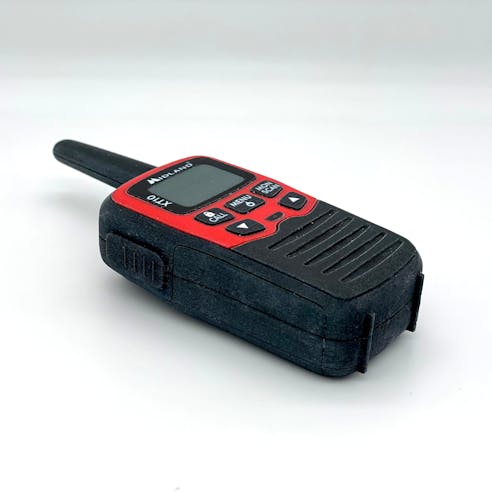
Complex Geometries
Color 3D printing offers 100% color coverage on complex parts that would otherwise be impossible to paint or color post-print. Color printing processes that do not require support structures (powder bed techniques like binder jetting, MJF, and others) allow for overhangs and other geometrical features that would be a pain to produce with other methods such as FDM.
Vibrant Colors
Color 3D printing achieves high color saturation and vibrant, eye-catching results. Pantone, RAL, HEX, CMYK, or other color inputs are accepted as well as translucent and blended material effects. Some techniques (binder jetting, PolyJet™) allow for over 600,000 colors on a voxel-to-voxel basis, enhancing gradient and color blending capabilities.
Printing with CMYK Inks
Ink/pigments are added to each print layer in the subtractive CMYK (Cyan, Magenta, Yellow, and Key/Black) format which creates a more accurate color profile while using less ink. Much like how a 2D printer works, 3D printers implement CMYK inks to selectively subtract certain colors to obtain the correct color profile, and black is used to enhance line and dark spots. CMYK coloring offers the full range of visible color options with enhanced color accuracy over RGB color mixing, making it ideal for 3D prints.
Free Shipping in the US
Custom color 3D printed parts are shipped at no cost to customers in any US location.
Process Optimization
With color 3D printing, there is no need for painting, priming, and protection layers like traditional coloring procedures–by collapsing the printing and coloring process into one step, users can optimize their time and resources more effectively while obtaining a better end result.

Ready to print 3D multi-color parts?
Types of 3D Printing Processes for Full Color
Xometry offers full color printing with the latest PolyJet™ printing technology, which is the most flexible option in both material and color capabilities. Other processes that can achieve both full and multi color printing include fused deposition modeling (FDM) printers, binder jetting printers, Multi-Jet Fusion material jetting printers, and other additive manufacturing technologies.
- PolyJet
- Fused Deposition Modeling (FDM)
- Binder Jetting
- Multi-Jet Fusion
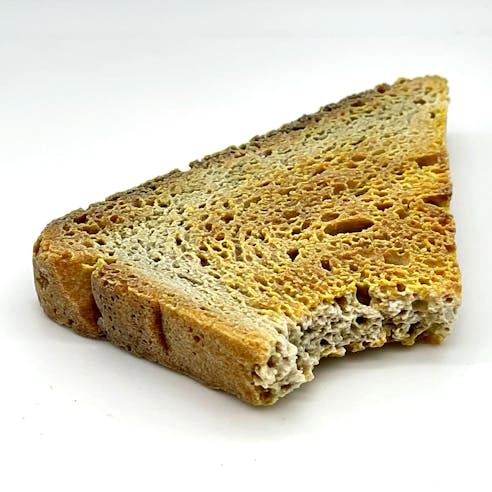
PolyJet
The PolyJet™ 3D printing process takes inspiration from 2D inkjet printers, and is a type of multijetting printing process that uses layers of deposited material (typically photopolymer resin) up to 16 microns thick to build a 3D part. A multi-print head that contains several colors/material chambers and a UV light source will deposit one layer, solidify it in one pass of the print head, and then repeat the process until the part is complete. PolyJet™ printing is an incredibly powerful tool that allows not only for direct full color printing, but also multi-material prints that can save huge amounts of manufacturing and assembly time. Hundreds of thousands of colors are possible on PolyJet™ machines with some of the highest layer resolution available, and PolyJet™ is the only process that can print full color transparent parts.
Read more on our PolyJet™ Capabilities page
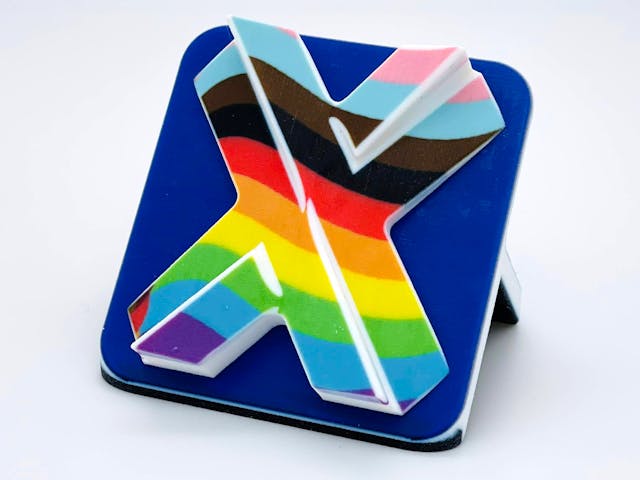
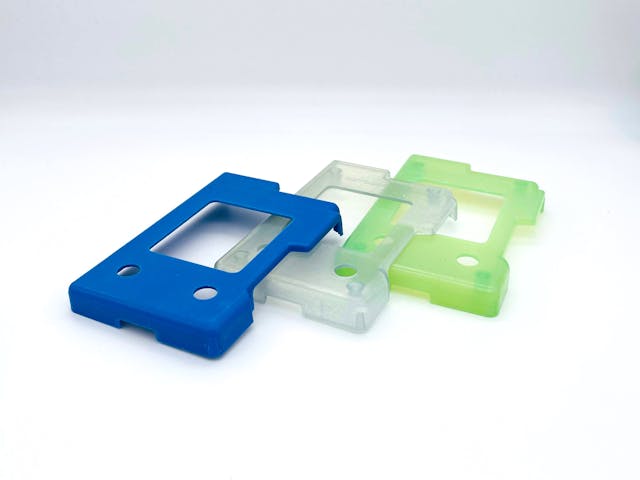
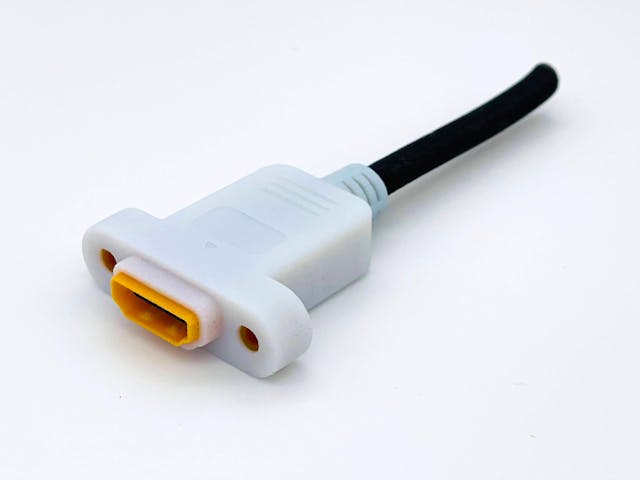
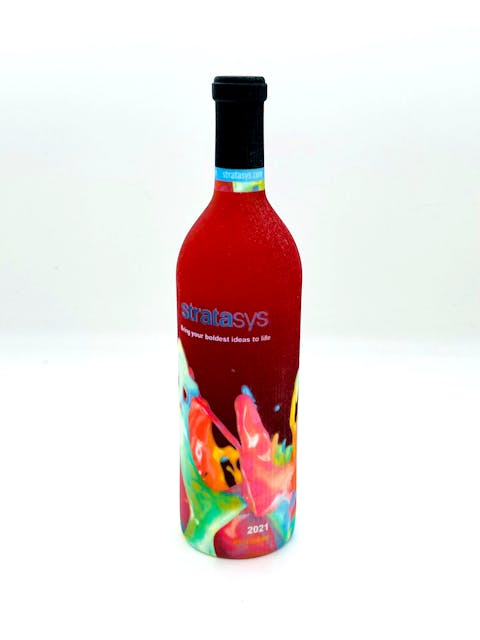
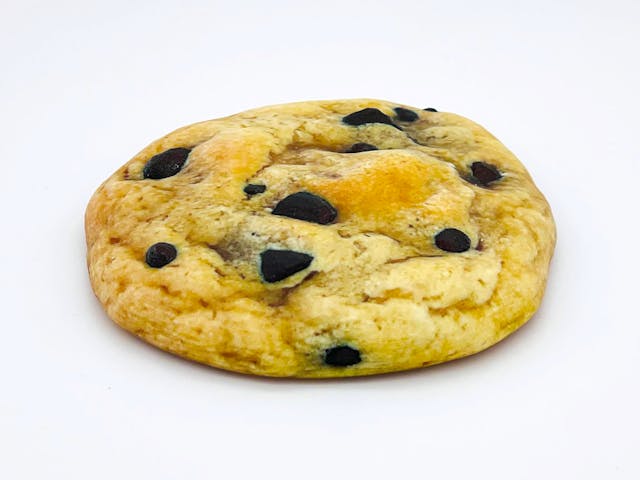
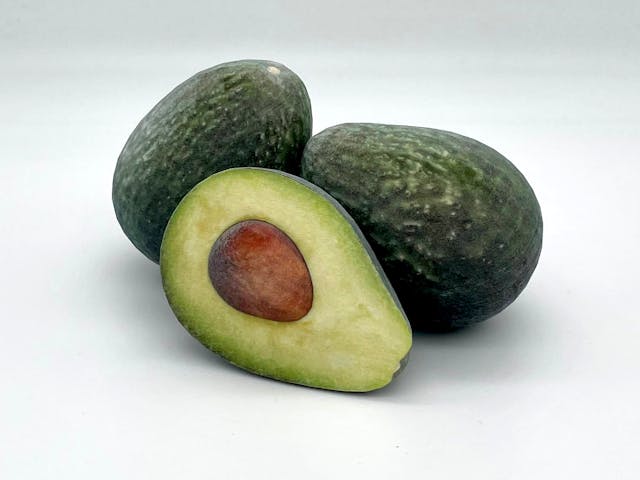
Multi-colored 3D printed parts
Fused Deposition Modeling (FDM)
An FDM printer offers a wide range of color options and printing methods to achieve multi color 3D prints using the same technology. In single nozzle FDM printers, filament can simply be swapped out during printing which can allow for basic multi-color printing. There are splicing modules that manage and mix multiple filaments together before they enter the extruder, offering both multi-material and multi-color printing on common single extruder printers. Certain single extruder FDM printers also implement clear filament that is dyed with CMYK ink cartridges during printing to offer the full color spectrum with a single material. In multi-nozzle FDM printers, these filaments can be printed independently of one another through dual extruders, producing 2+ different colors throughout the print and their blended color profile.
Read more on our FDM Capabilities page.
Binder Jetting
Also found as colorjet printing, binder jetting is a process where a core material is spread over a build plate, and colored binder material is selectively sprayed in the shape of the layer, solidifying it. The next layer of core material is deposited, and the process repeats itself until the part is complete. Binder jetting printers can achieve direct color results with no heating or curing steps; however post-processing steps are more important for binder-jetting prints (especially metal or ceramic prints). Binder jetting offers impressive pixel-to-pixel color control and can provide full-CMYK for a true direct color print.
Multi-Jet Fusion
Developed and patented by Hewlett-Packard (HP), Multi-Jet Fusion (MJF) 3D printers are a type of multi-agent material jetting process where an inkjet array sprays fusing and detailing agents onto a powder bed of thermoplastic. As the layer is deposited, a heating element fuses the part shape together, and then a roller places a new layer of powder so the process can repeat until the part is finished. Multi-Jet Fusion machines use proprietary blends of either PA (nylon), PP, TPA, and TPU, all of which are patented blends by HP to ensure ideal results.
Materials for Color 3D Printing
Below are the compatible materials for color 3D printing. Note that the material used in color 3D printing depends on the machine being used, and are not typically compatible across machines.
- Photopolymer Resin
- Nylon
- TPU & TPA
- Sandstone
- PLA

Photopolymer Resin
PolyJet™ 3D printers implement liquid photopolymer resins that cure in the presence of UV light. Resin comes in a variety of options and is easily dyed with coloring agents, providing a true direct color print with highly accurate color accuracy and crisp detail. Resins can achieve a higher resolution than FDM-type materials, and offer smooth finishes that can be brought to semi or full gloss with post-processing, Resins can have either rigid or rubber-like mechanical characteristics depending upon the formulation, and these can be mixed for multi-material prints.
Nylon
Nylon (also known as polyamide, or PA) is commonly used for its good blend of workability, strength, and cost-effectiveness. Nylon is implemented in MFJ and FDM machines as either powder or a spool of filament. Nylon offers good finishes, takes pigment well, and is readily available.
TPU & TPA
Thermoplastic polyurethane (TPU) and thermoplastic polyamide elastomer (TPA) are implemented in MJF machines for their high-performance characteristics, especially in low temperature or high impact stress environments. They are both flexible and tough, making them useful for engineering and scientific applications.
Sandstone
Binder jetting machines utilize a form of full color sandstone that offers cheap and aesthetically pleasing results with vibrant coloring. The downsides of sandstone is its limited mechanical properties, its lack of accuracy and maximum size, and its porosity. Sandstone is usually specified for model making and other aesthetic applications and not for performance.
PLA
FDM uses filament thermoplastics to print parts, but only certain materials allow for multi color printing. PLA readily takes dye and can be commonly found as filament for FDM machines as either a clear spool for in-print dying, or pre-dying/mixing in a splicing module. Other thermoplastic filaments will accept dyes but only during their manufacturing and not during the 3D printing process itself, so it is best to buy these in a desired color and simply use them as-is.
Applications of Color 3D Printing
- Rapid Prototyping
- Educational/Medical Models
- Architectural
- Geospatial Modeling
- Artwork
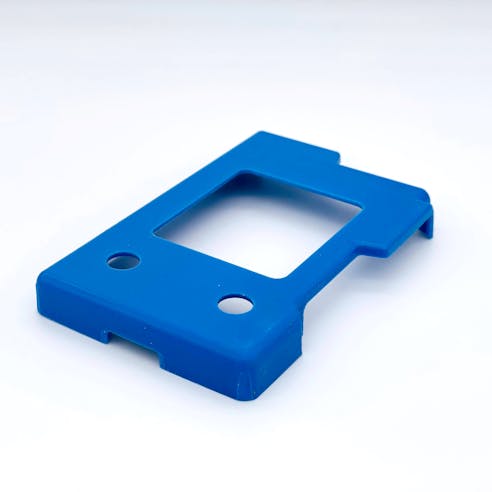
Rapid Prototyping
Functional prototypes can be printed in the exact colors of their final design, offering designers even more insight on how to improve their products. Color prototyping can reveal aesthetic issues and strengths without the need for painting or other post-processing steps, buying users more time and a better end result. Also, key areas of a prototype can be colored to highlight their functionality or emphasize their importance within a design.
Educational/Medical Models
Models for classrooms and doctor’s offices alike can be fabricated in full, accurate color with little to no post-processing necessary. Complex, organic geometries can also be made transparent so that bones, veins, or other internal structures can shine through the print with no need for removal and coloring.
Architectural
Architectural concept models can be further improved with real color mapping, allowing stakeholders to better grasp the architect’s vision. With amazing color accuracy, color 3D printed models will show designers what their color choices will look like without the lengthy painting process, allowing them to make faster revisions.
Geospatial Modeling
Terrain and other geospatial maps printed in full color will provide a scaled 3D look at peaks, valleys, and geographic formations in a landscape. Both analysts and students benefit from accurate color matching to elevation differences, temperature or pressure gradients, or any other geospatial feature that can be superimposed onto 3D printed geography.
Artwork
The ability to produce full-color parts saves an immense amount of time for artistic endeavors, where priming, painting, and protecting takes valuable time away from the creative process. Artists can save time by printing in full color, using this time to focus on innovating and refining their artistic visions.
Full-Color Printing Instant Quoting Demo
Watch our demo video showing how to get an instant quote for full-color 3D printing with Xometry.
Why Choose Xometry for Color 3D Printing?

Wide Range of Process and Material Options
Xometry offers a full suite of 3D printing processes and a wide selection of material choices.

Easy to Use
Get your parts delivered right to your door without the hassle of sourcing, project management, logistics, or shipping.

Quality Assurance
We are ISO 9001:2015, ISO 13485, IATF 16949:2016, and AS9100D certified.
